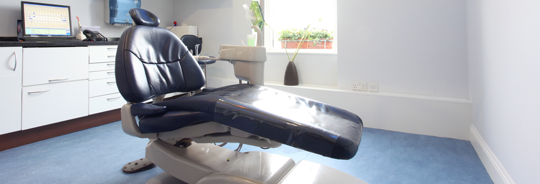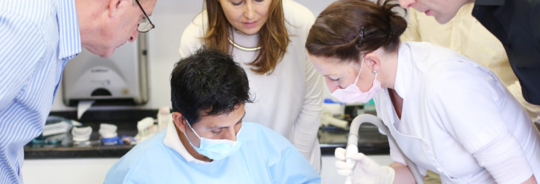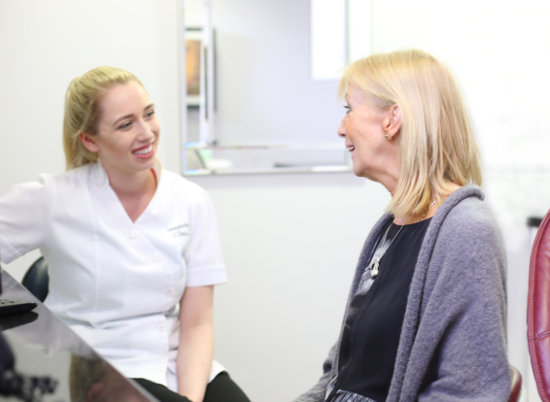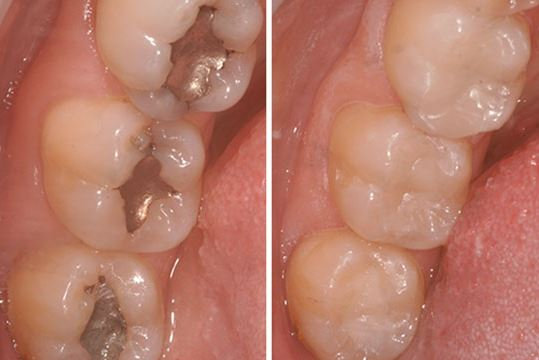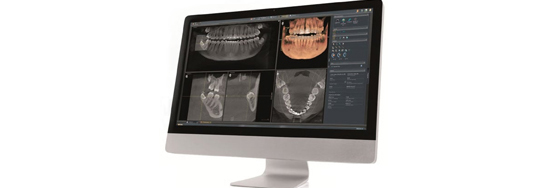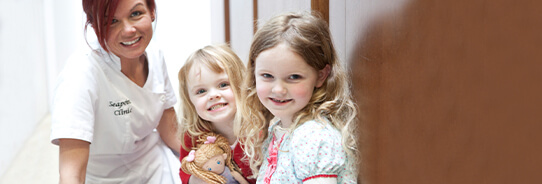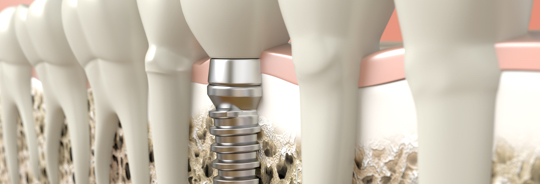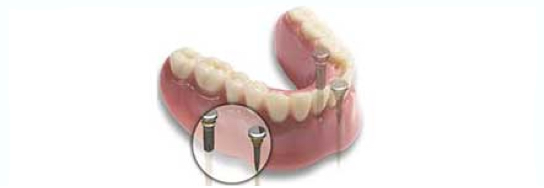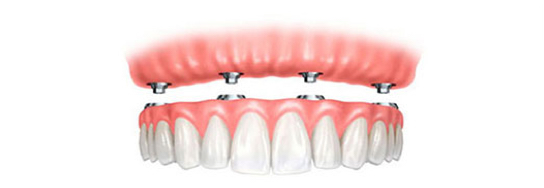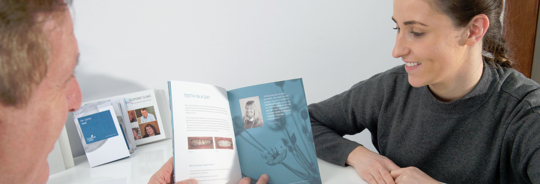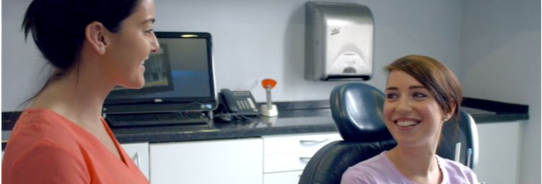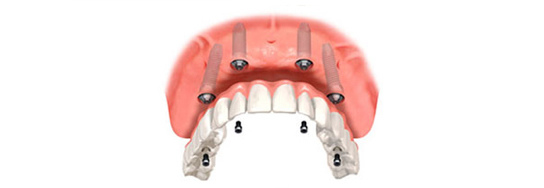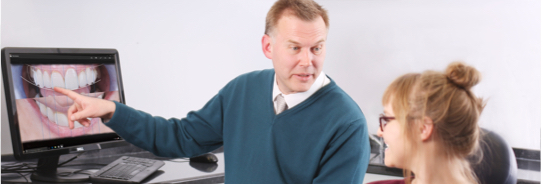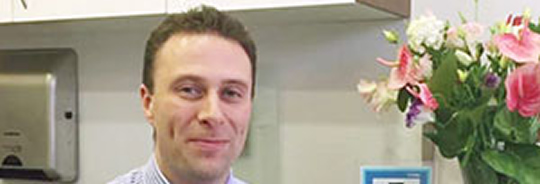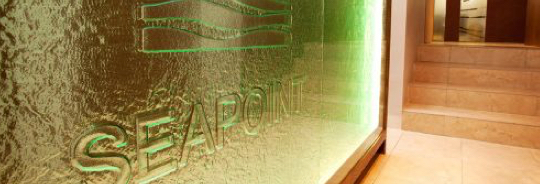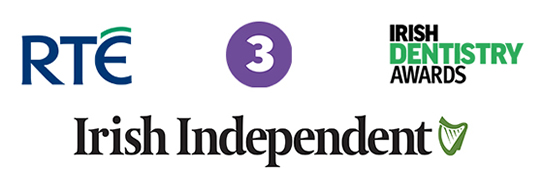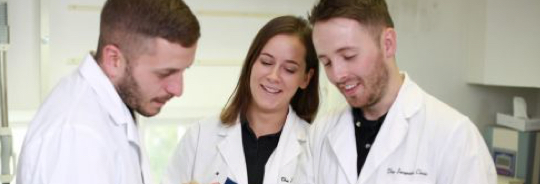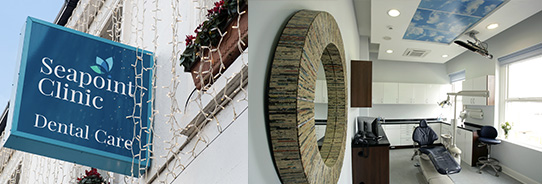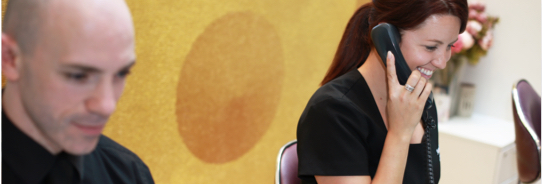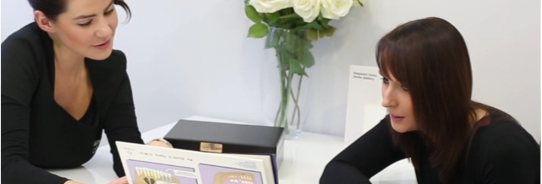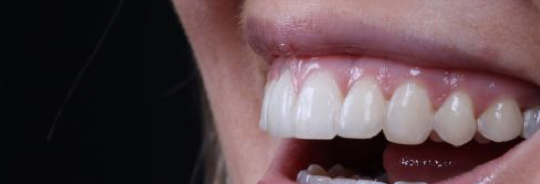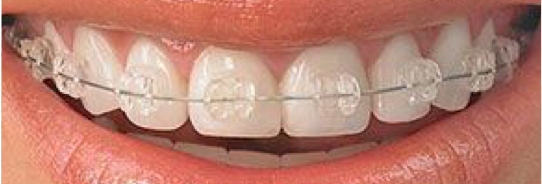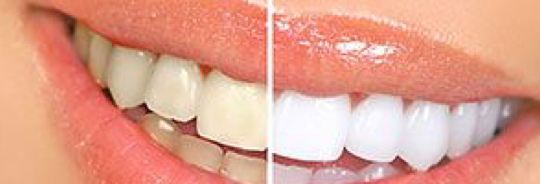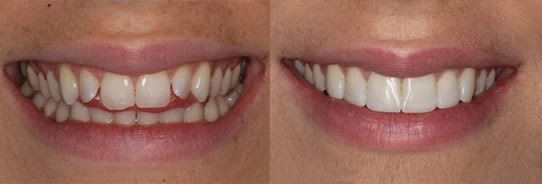
Blog
We post all the latest information here regularly so it's always up to date for you. If there is a topic you would like to have us cover please ask.
14 May 2013
Dental Anaesthetics and Sedation

Modern dental anaesthetics and sedation for implant dentistry
If you were to ask 100 people what one of their fears are, chances are they would say terrorism or war. If you asked them what a day to day, realistic fear of theirs is, there is a strong chance dentists would be high in the ranks for many people. There could be many reasons for this; stemming from a childhood fear of scary implements, not being able to communicate as someone works on your teeth and gums, or not being able to see what is happening to you. With modern dental anaesthetics and sedation implant dentistry need not be an ordeal, despite it sounding slightly fear inspiring.
There are a range of anaesthetic and sedation techniques available in modern dentistry, and they often work in combination to help relax and ensure a successful procedure.
General Anaesthesia
General Anaesthesia is the most commonly sought anaesthetic for dental procedures but it has serious risks and should generally be avoided. When general anaesthesia is sought there needs to be a risk assessment carried out. The immediate aspect to look at is the patient’s medical history: heart problems, breathing problems, weight issues and allergic reactions all pose a serious risk to someone under a general anaesthetic. In these cases unless general anaesthesia is absolutely necessary it should be avoided. General Anaesthesia puts the patient under most physical strain even if it means less psychological and awareness problems. While general anaesthesia is carried out on thousands of patients every day its real risk means that it is something that should be avoided. It also adds to expense and recovery time as extra staff need to be present and it is most likely to be carried out in a hospital. General anaesthesia is usually carried out through intra venous administration of drugs by a qualified anaesthesiologist and through a cannula.
Local Anaesthesia
Local anaesthesia is the preferred method under which to perform dental procedures. It puts the patient under far less physical strain than general anaesthesia. Where a general anaesthetic almost certainly has to be conducted in a hospital or clinic local anaesthesia can be conducted in a general dental surgery. While precautions will still be carried out: such as ensuring an anaesthesia qualified dental nurse is present, and ensuring emergency and resuscitation equipment are available it is far less likely to cause a problem. Local anaesthesia uses anaesthetics such as lidocaine rather than the old medication novocaine. Numbing ointments and gels can be applied to ease the relatively mild but still potentially off-putting injections


